Vinay Prasad is a practicing hematologist-oncologist who doubles as a “meta-researcher,” studying the quality of medical evidence, health policy, and clinical trials. In this episode, Vinay discusses the differences in clinical treatment from the existing medical evidence, often leading to useless, or even harmful, outcomes for patients. With a focus in oncology, he takes a deep dive into the field’s structural problems, which include the disconnect between progress and funding, drug costs, and financial conflicts of interest. He concludes with his “six hallmarks of successful cancer policy” as a potential roadmap to sustained progress against cancer and a way to avoid repeating the policy and practice mistakes of the past.
Subscribe on: APPLE PODCASTS | RSS | GOOGLE | OVERCAST | STITCHER
We discuss:
- Vinay’s background and unique perspective [3:15];
- Medical reversal—the disconnect between research findings and clinical applications in medicine [10:15];
- The uniquely challenging field of oncology [22:45];
- The importance of bedside manner with cancer patients [30:00];
- Structural problems in oncology—Problem #1: Huge costs for small improvements [37:00];
- Structural problems in oncology—Problem #2: Medical reversal—when medical practices are adopted based on low levels of evidence [40:15];
- Structural problems in oncology—Problem #3: Slow progress in cancer research (despite all the hype and propaganda) [45:00];
- Structural problems in oncology—Problem #4: The burden of payment is not matched with those making treatment decisions [54:45];
- “No-brainer” moves in oncology [1:06:45];
- “Fool’s gold” treatments in oncology [1:09:30];
- The six hallmarks of successful cancer policy [1:16:00];
- Cancer policy hallmark #1: Independence [1:18:00];
- Cancer policy hallmark #2: Evidence [1:28:15];
- Cancer policy hallmark #3: Relevance [1:31:30];
- Cancer policy hallmark #4: Affordability [1:32:00];
- Cancer policy hallmark #5: Possibility [1:47:00];
- Cancer policy hallmark #6: Agenda [1:52:00];
- Tumor genome sequencing and liquid biopsies [1:54:30];
- Vinay’s clinical philosophy, being skeptical without being too contrarian, and practicing medicine without perfect information [2:03:30]; and
- More.
Vinay’s background and unique perspective [3:15]
Currently
- Practicing hematologist and oncologist
- Associate Professor of Medicine at UC San Francisco
- In addition to clinical care, does research on health policy, clinical trials, and decision-making
- “meta researcher:” studies the quality of medical evidence
- Author of over 250 academic articles and two books: Ending Medical Reversal (2015) and Malignant (2020)
- Recently started at UC San Francisco, where Peter went to get trauma training while he was a med student at Stanford
Background and unique perspective
- Vinay brings a unique perspective as his path to medicine wasn’t traditional
- He wasn’t a premed student and was a philosophy major in college
- Planned to major in science at Michigan State
- But took a philosophy course in college, prof reached out, and chose that as his major
- Not certain about his path until later in college
- Went to med school at the U of Chicago
- Peter says that his med school, Stanford, was “very relaxed” but suspects Chicago wasn’t
- Vinay says Chicago had a “really gritty, city hospital feel”
- “A lot of the faculty had trained on the east coast, and I think it really had that east coast mentality. It was an intense place. “
- “I remember yelling in the operating room was common, throwing things was common, people getting chewed out was common.”
The medical school experience
- There is a relevant book called Forgive and Remember written by a sociologist from Penn, Charles Bosk. Bosk spent 18 months late ’70s / early ’80s with a group of surgical residents to understand the culture of surgical training; the place not named but was likely Chicago, very toxic environment
- Peter says, “There’s a real east coast / west coast divide in medical education. … when I applied to my residency on the east coast at Hopkins, there was a real view that no one from Stanford could go there and do general surgery because the last guy who had gone and done general surgery who had come from Stanford had committed suicide.”
- Vinay did not really like med school, especially the first two years in the classroom where the focus was on memorization.
- “Those first two years I found it really demoralizing. I wasn’t somebody who was used to memorizing lots of things in a disconnected way, I was somebody who liked to think about things and think about them rigorously.”
- “It was only when third year started and I was there on the wards, and I was on internal medicine first as my clerkship, and I had some really great and influential practitioners of medicine who would teach me how they think about cases, that was when I started to feel okay. That’s the first moment that this felt like the right choice for me.”
- Assumed he’d practice clinical medicine in a private practice
Medical reversal—the disconnect between research findings and clinical applications in medicine [10:15]
- Vinay finished medical school with the belief that he was going to pursue private practice
- But that started to change in residency where he saw disconnect between clinical situations and research findings:
“There were things we were doing that were not supported by strong evidence, there were some things that appeared to run counter to the best evidence. It didn’t make a lot of sense to me.” – Vinay Prasad
This realization began his foray into medical research
- He started doing studies on ineffective practices that had become part of medical culture, termed “medical reversal,” and has published papers about it
- “I got into it from the point of view of a clinician who was struggling to make sense of what was going on around me, and that was really how I fell into research. I didn’t know that research would become my career, but the funny thing about life is you do something long enough and it starts to define you. …Eventually it starts to turn into a career.”
Stents — An example of medical reversal
{end of show notes preview}
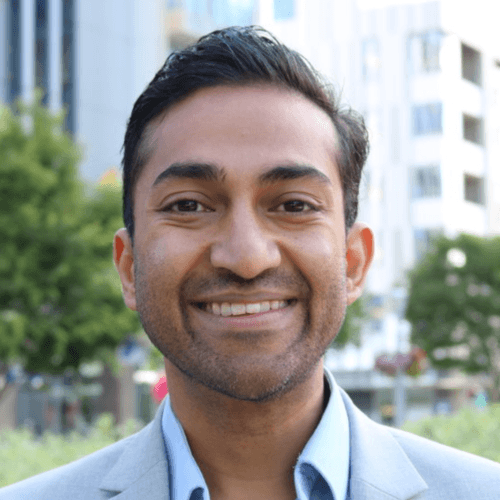
Vinay Prasad, M.D., M.P.H
Vinay Prasad M.D., M.P.H. is a practicing hematologist-oncologist and Associate Professor of Medicine at the University of California San Francisco. He studies cancer drugs, health policy, and clinical trials and better decision making. He is author of these academic articles, and the books Ending Medical Reversal (2015), and Malignant (2020). He hosts the oncology podcast Plenary Session, and runs a YouTube Channel VinayPrasadMDMPH. He tweets @VPrasadMDMPH. [vinayakkprasad.com]

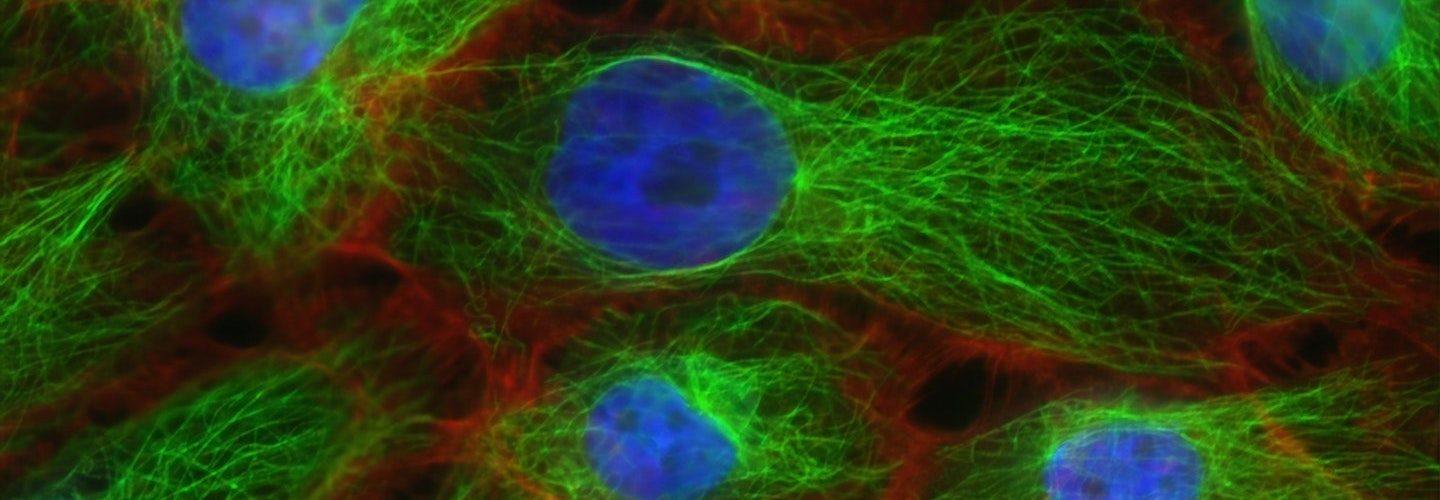
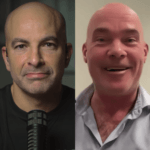
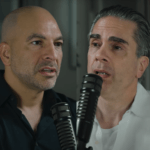
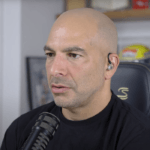
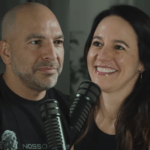
Dr. Prasad’s comment about the WHI proving that estrogen causes cancer was a terrible example and demonstrates his lack of understanding of hormones and the WHI in general. Peter was so right to call him out on it and I hope he doesn’t use that as an example any longer.
Another summary paper on hormones was recently published in JAMA. As demonstrated in all other RCT studies (except for some long-term observational studies of poor design), estrogen-alone decreases the risk and incidence of breast cancer. The same goes for studies of estradiol. Most notably was the comment in JAMA was that the only drug proven to decrease breast cancer mortality is estrogen, not AIs or tamoxifen. Unfortunately, oncologists know nothing about hormones but will frequently comment on them (incorrectly). However, I thoroughly understand why the oncologic world misunderstands that estrogen causes cancer. Every study proves that high levels of estrogen are “associated” with an increased risk, and thus the use of AIs and SERMS. The increase in estrogen is derived from visceral fat. The increase in visceral fat occurs at menopause when women lose estrogen. The resultant visceral fat, and increased breast cancer risk, can be reversed by estrogen administration. Observation does not prove causation. Oftentimes, it is the opposite. JAMA, 2020;324(4):369-380. doi:10.1001/jama.2020.9482
So you’re telling me I’ve been rubbing garlic on my cajones for no reason?!? I need a new PCP…
A master class in critical thinking with plenty of examples to drive it home. Love these
Why do insurers impose pre-authorization requests and other requirements that make things difficult for doctors? Requirements that make things difficult for doctors are justified as “activities that improve the quality of care.” It’s all part of the pizza. The bigger the pizza, the bigger the salaries.